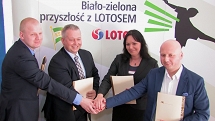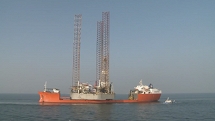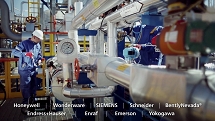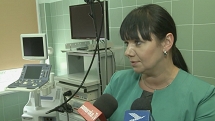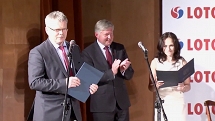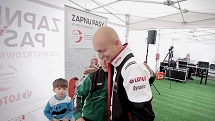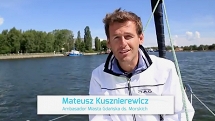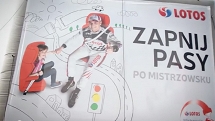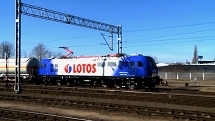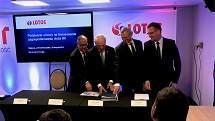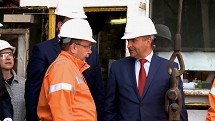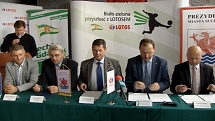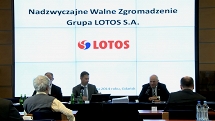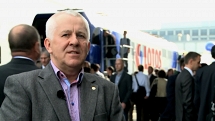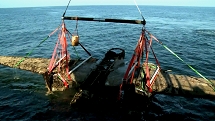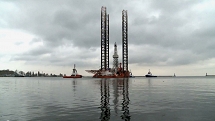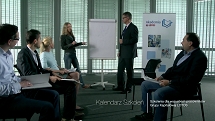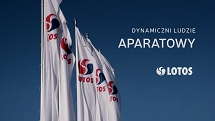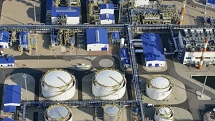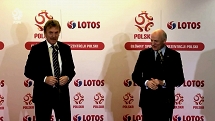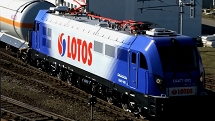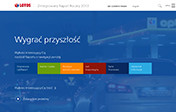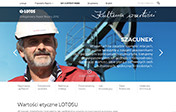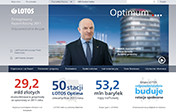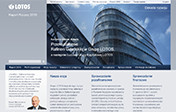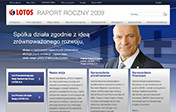-
Financial information
The past year ushered in a series of challenges for the companies in the fuel sector. The decisions made by us have demonstrated that we are able to take rapid steps to adapt to a demanding environment and ensure the desired profitability for our projects.
-
Segment performance
The segmental management model we have implemented enhances management efficiency, delivering cost and revenue synergies across the organization.
-
Letter from the Vice-President of the Board
2014 ushered in a series of challenges for the companies in the fuel sector. The decisions made by the LOTOS Group have demonstrated that we are able to take rapid steps to adapt to a demanding environment and ensure the desired profitability for our projects.
-
Business environment
The key factor that had a strong impact on both the global and Polish petroleum markets in 2014, with significant consequences for the LOTOS Group’s performance, was the price of crude oil, which also determined the price of petroleum products.
-
Strategic objectives
The LOTOS Group’s Strategy is designed to strengthen our position as a strong, innovative and efficient business which plays a major role in ensuring national energy security.
-
Business model
Our operations consist in crude oil production and processing, as well as wholesale and retail sale of petroleum products, among which are: fuels (unleaded gasoline, diesel oil and light fuel oil), heavy fuel oil, bitumens, aviation fuel, naphtha, propane-butane LPG and base oils.
-
Risk and opportunities
At the LOTOS Group, we identify a range of diverse risks, which may affect all areas of our business. The key risks in terms of their impact on our operations are the financial risks as well as risks affecting the exploration and production area. In the analysis of the risks, we also factor in issues related to sustainable development.
-
Key data 2014
With revenue of ca. PLN 28.5bn in 2014, we rank fourth in the group of 500 largest businesses in Poland.

Enterprise risk management policy
Throughout 2014, as part of the ERM (Enterprise Risk Management) system, we implemented a number of risk mitigation measures at the LOTOS Group, reducing the probability that specific risks might materialise. In the case of risks that did materialise, we applied pre-defined action plans, mitigating their adverse consequences. In addition, we identified new risks, associated primarily with projects of crucial importance to the LOTOS Group, such as the EFRA Project, or delayed coking (DCU), and B8 field development. We also managed to improve the risk management tools, including risk identification, assessment and monitoring methodologies.
Our enterprise risk management enables us to undertake activities optimal for the LOTOS Group’s business (within the acceptable risk limits). Also, we have tools to identify and leverage the emerging business opportunities.
At the LOTOS Group, we identify a range of diverse risks, which may affect all areas of our business.
Since many of those risks are interrelated, we analyse their interactions and strive to minimise their impact. In accordance with the adopted criteria, the financial risks as well as risks affecting the exploration and production area are the key risks in terms of their impact on the LOTOS Group’s operations.
In place at the LOTOS Group since 2011, the Enterprise Risk Management system is designed to facilitate safe operation of the organization and achievement of its strategic and operational objectives. Within the ERM system, we have established internal procedures and regulations. The Enterprise Risk Management Policy defines the general scope of responsibility within the system and key risk management principles. The implemented procedure specifies detailed rules for risk identification and assessment, as well as monitoring and reporting methods designed to evaluate the effectiveness of mitigating actions taken.






